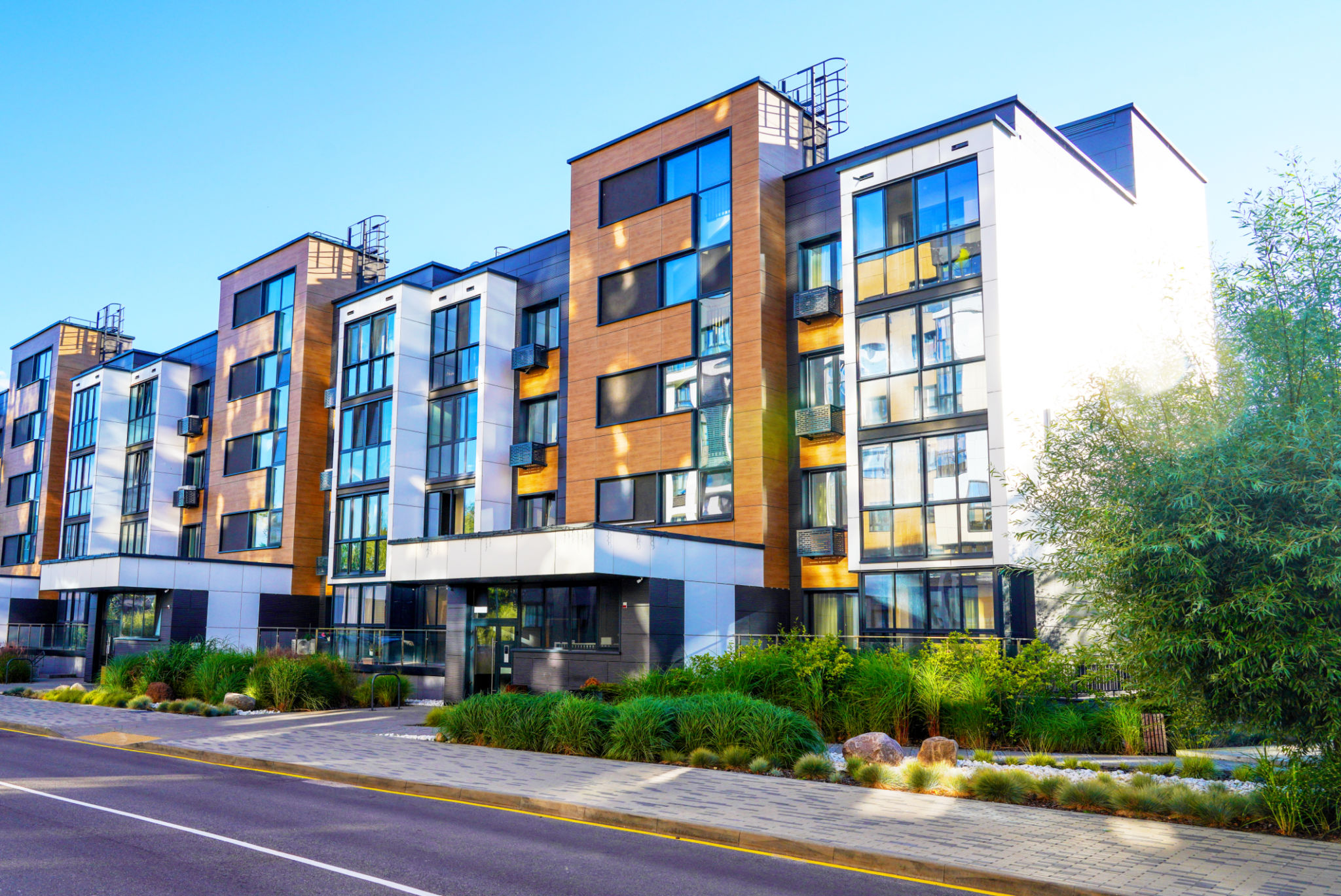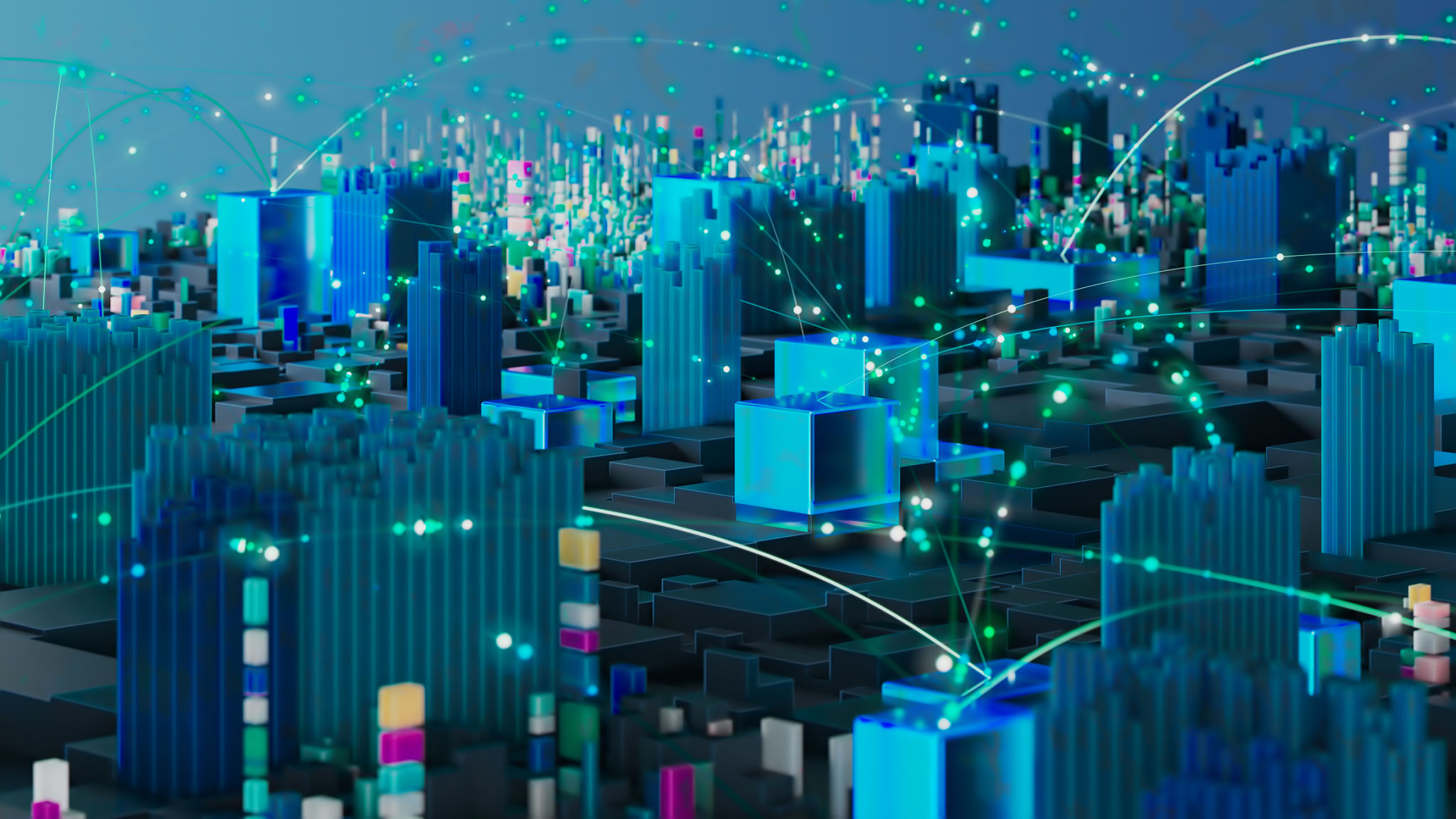Digital Twins: The Future of Predictive Maintenance for High-Rises
In recent years, the concept of digital twins has gained significant traction, especially in the realm of predictive maintenance for high-rise buildings. A digital twin is a virtual replica of a physical object or system, created to simulate, analyze, and optimize its real-world counterpart. This innovative technology is set to revolutionize the way we approach building maintenance, offering unprecedented insights and efficiencies.
High-rise buildings are complex structures with numerous interconnected systems, from HVAC and elevators to electrical and plumbing networks. Maintaining these systems can be challenging, often leading to reactive maintenance practices that are costly and inefficient. Digital twins offer a proactive solution by providing a comprehensive, real-time overview of a building's operational health.

Understanding Digital Twins
The core concept of a digital twin involves creating a detailed digital model that mirrors the physical building and its systems. This model is continuously updated with data from sensors and IoT devices embedded throughout the structure. This data-driven approach allows building managers to monitor the performance of various components in real-time, identifying potential issues before they escalate into major problems.
By using advanced analytics and machine learning algorithms, digital twins can predict when a component is likely to fail, enabling timely maintenance interventions. This predictive capability reduces downtime and extends the lifespan of building systems, resulting in significant cost savings.

Benefits of Predictive Maintenance
The adoption of digital twins for predictive maintenance in high-rises offers numerous benefits. Some of the most impactful include:
- Cost Efficiency: By predicting failures and addressing them before they occur, building owners can avoid costly emergency repairs and extend the life of building systems.
- Improved Safety: Early detection of potential issues reduces the risk of accidents and enhances the safety of occupants.
- Enhanced Performance: Continuous monitoring ensures that systems operate at optimal efficiency, reducing energy consumption and environmental impact.

Real-World Applications
Several high-rise buildings around the world are already leveraging digital twins to transform their maintenance strategies. For instance, some skyscrapers are using digital twins to optimize elevator performance, resulting in faster and more reliable service. Others are applying this technology to their HVAC systems, improving indoor air quality and energy efficiency.
Furthermore, digital twins can simulate various scenarios, such as emergency evacuations or energy usage patterns, providing valuable insights for building management teams. This capability allows for more informed decision-making and strategic planning.
The Future of Building Maintenance
As digital twin technology continues to evolve, its applications in high-rise maintenance will expand. The integration of AI and machine learning will enhance predictive capabilities, offering even more precise insights and recommendations. Additionally, as more buildings adopt this technology, the industry will move towards a more sustainable and efficient future.
In conclusion, digital twins represent a paradigm shift in the maintenance of high-rise buildings. By embracing this technology, building owners and managers can achieve greater operational efficiency, cost savings, and improved safety, paving the way for smarter cities.

